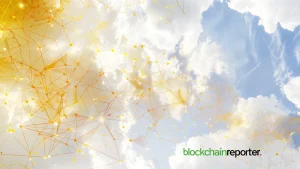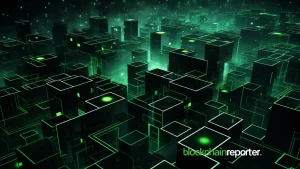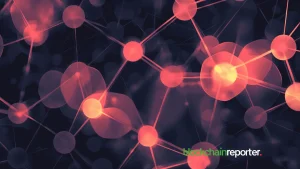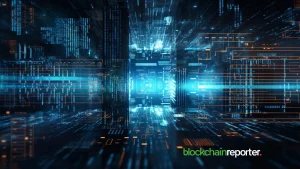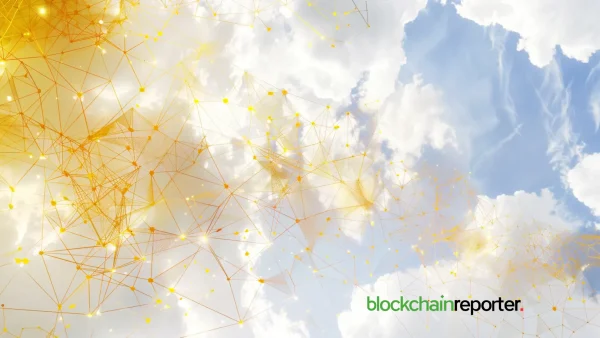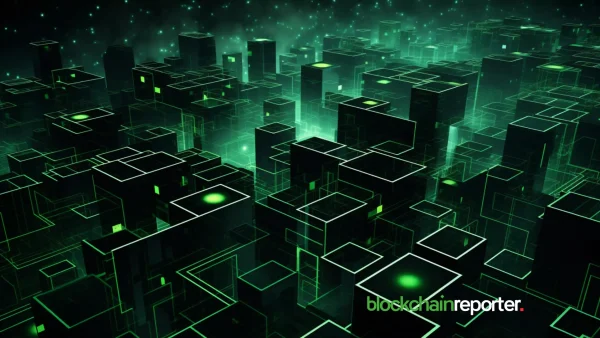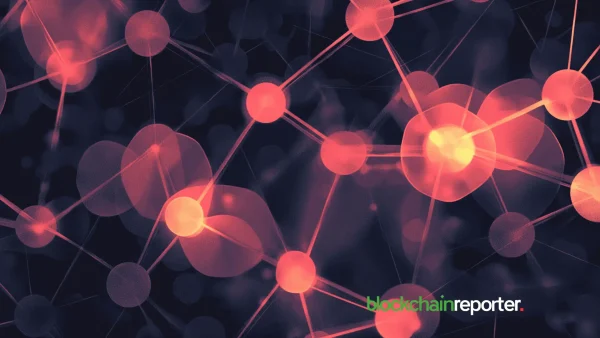
Decentralized prediction markets are one of those incredible phenomena where state of the art technology meets fundamental human nature.
For example, at the core of a prediction market are a group of humans that all want to guess at the outcome of a future event, and are willing to put something valuable on the line in order to be rewarded if they are right. At the same time, the innovation of decentralization takes this concept that might have been done at the event itself, or through a heavily centralized platform, and transforms the entire situation so that the community of people who are staking a claim on their prediction are all contributing (along with a smart contract) to the market functioning perfectly. More than that, this technology allows a prediction market to transcend any particular currency, border, or geographical distance, meaning that nearly anyone in the world could potentially participate. One of life’s oldest instincts, guessing about the future, meets modern technology in a way that doesn’t depend on any central figure. Incredible phenomenon indeed. Let’s dive into what a decentralized prediction market might look like in terms of DeFi and beyond, and how this can be a strong advantage for the challenges currently faced by centralized versions of these markets.
Prediction Markets: Assets and Events
Prediction markets of any kind can take two distinct forms: guessing at the price of an asset in the future, or guessing at the outcome of a future event. Both are valid applications of prediction markets, and both have found significant success within blockchain. The basic elements in each case are the same. Any participants must decide for a given market what outcome they would like to predict. This could be the price of a particular asset (either within a particular time frame or indefinitely), or it could be the outcome of a given event with discrete and concrete results (a team winning, an election, etc.). The market, which is essentially a smart contract behind the scenes, manages the participants involved, what their guesses are, and then tracks the results. The outcome is likely going to be verified and communicated through some form of oracle, unless there is a centralized element to the prediction market, in which case the centralized party will indicate the outcome. The winners are rewarded with the funds according to whatever algorithm was established when the market began.
From a DeFi standpoint, this can be a major boost to a platform’s overall activity. While many platform users want to use the immediate trading features, the ability to participate in prediction markets can help extend a trader’s portfolio, and can attract new users. The expansion of overall prediction events could be chaotic if not managed somewhat, but can greatly extend the number of interested users of the platform.
Decentralized Safety
When it comes to protecting yourself from crypto scams, transparency and reliability are key. Because of this, centralized prediction markets, or those markets that are advertised as decentralized but have certain centralized aspects (Polymarket and Kalshi have been known to fit this description) may operate just fine but the lack of transparency can be a risk for participants. Seeing how the odds are managed, seeing how pricing of assets is verified, and seeing other aspects of the smart contracts is crucial to gaining trust and protecting users as a result. Decentralized prediction markets, though complex because they must operate largely autonomously, are also typically much more transparent to users. The platform dYdX is building a perpetual futures market in a decentralized structure, which will provide users with strong transparency. This structure also allows the market to operate anywhere in the world where futures markets can operate, creating a borderless market that can build up more liquidity with its further reach. One more clear advantage to this model is that with decentralization there is a natural defense against censorship and resistance. They have recently released a US election prediction market on their platform.
Scratching The Innovation Surface
The decentralized prediction market model creates some wide open opportunities for innovation. There is a two-pronged approach to expanding the market. The first is focused on traditional DeFi assets such as tokens, derivatives, etc. These can be set up in any number of ways, and as long as a proper oracle can objectively monitor the pricing, a massively scalable market can grow to support this type of predictive market activities, across the globe. The second is focused on the more open-ended prediction events, which requires a proper interface (or limited centralization) to set up the market based on some discrete event. The event outcomes must be assessed and users must be able to discreetly predict an outcome, and some type of oracle must be able to objectively identify the outcome to the satisfaction of the members involved. If you can accomplish these elements, then the sky is the limit and scalability is incredibly large. And without the risk of corruption from centralized parties, obscurity from hidden details, or lack of scaling, the decentralized model will likely continue to be superior for any type of prediction markets, DeFi or otherwise.
Looking to (and Predicting) the Future
This instinct of ours to attempt to predict the future is not going away anytime soon. However, there is a fascinating evolution taking place as we move from trading predictions with a few people who are in the same room, to trading predictions with a potentially global audience of participants. Decentralized prediction markets have already shown major promise in what they can do, but as their popularity grows, and certain restrictions from some countries are better understood or even relaxed, they will continue to mature. We will be able to predict many different events while keeping a close eye on the price movements of our assets. In either case, the ability to predict the future with money on the line will always be deeply satisfying to many people across the globe.

